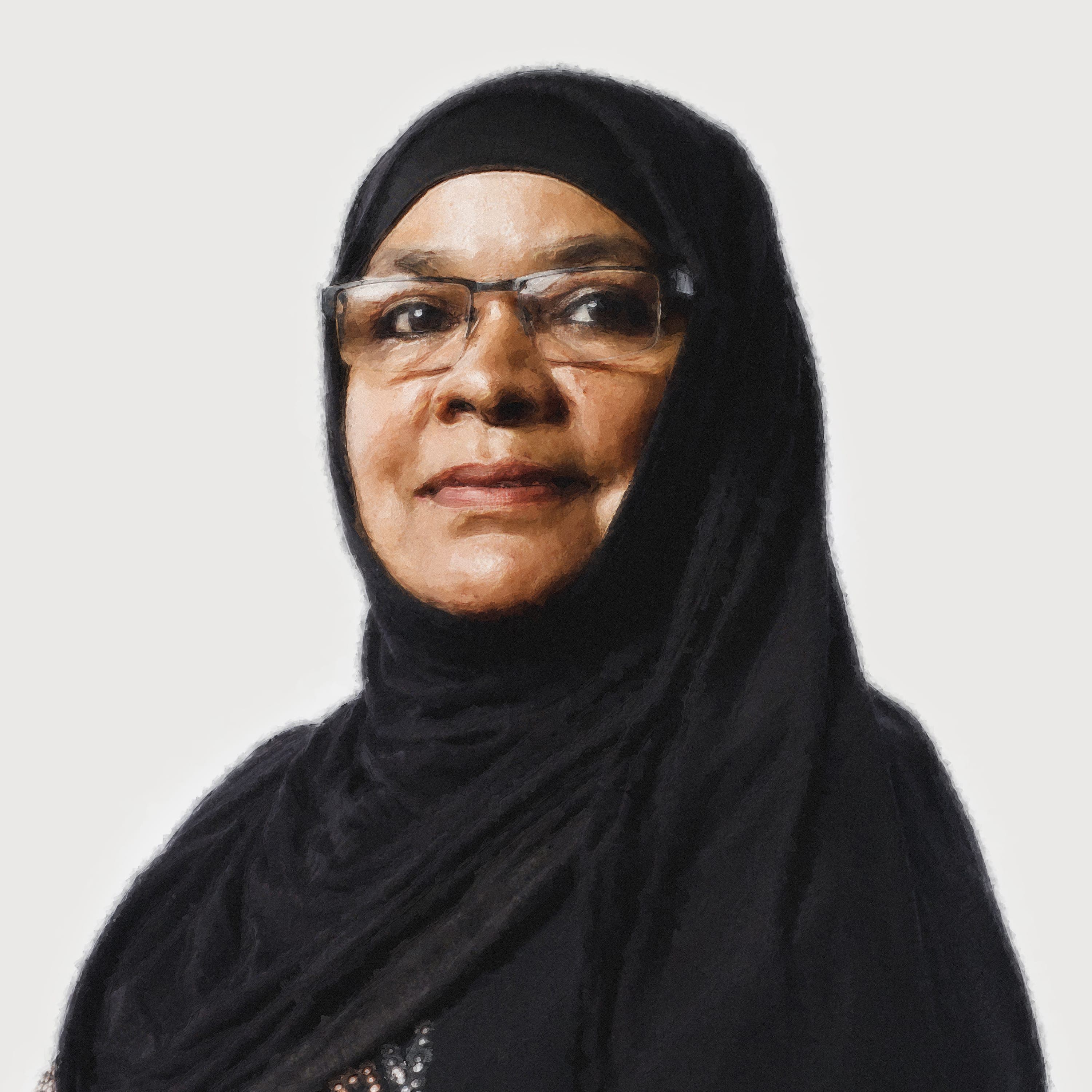Female Genital Mutilation or Cutting is the deliberate cutting or altering of the external female genital organs for non-medical reasons.
FGM/C has been done to women and girls for centuries in various countries, communities and cultures around the world. There are many names used for this practice including Female Genital Mutilation, Female Genital Cutting, Female Circumcision, Traditional Cutting and Ritual Female Surgery.
Globally it is considered to be a violation of human rights
It is estimated that FGM/C affects the lives and health of more than 200 million girls and women in the countries where it is prevalent. Around 2 – 3 million more girls are at risk each year.
The majority of FGM/C is done by someone who is not medically trained, using unsterile blades or other instruments and involving no anaesthesia. However, in some countries it is done in private clinics by doctors and nurses. It is commonly performed on young girls but can also be done to babies or mature women.
Building on work from previous decades in 1997 the WHO, UNICEF and the United Nations Population Fund issued a joint statement against the practice of FGM/C.
In all cases it is of no health benefit to girls or women
FGM/C has been documented in 28 countries in Africa and several countries in Asia and the Middle East. In a range of multicultural countries such as Australia, New Zealand, Canada, UK, USA and across Europe some young girls in immigrant communities are at risk of FGM/C. While that risk relates to travel back to their country of origin, there have been cases where it has been practised in the countries where they now live.
Myths about FGM/C: A Video Resource
This video, developed by Ading Majok as part of the NETFA Leadership Program 2022 highlights and dispels common myths about FGM/C.
